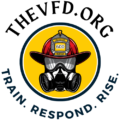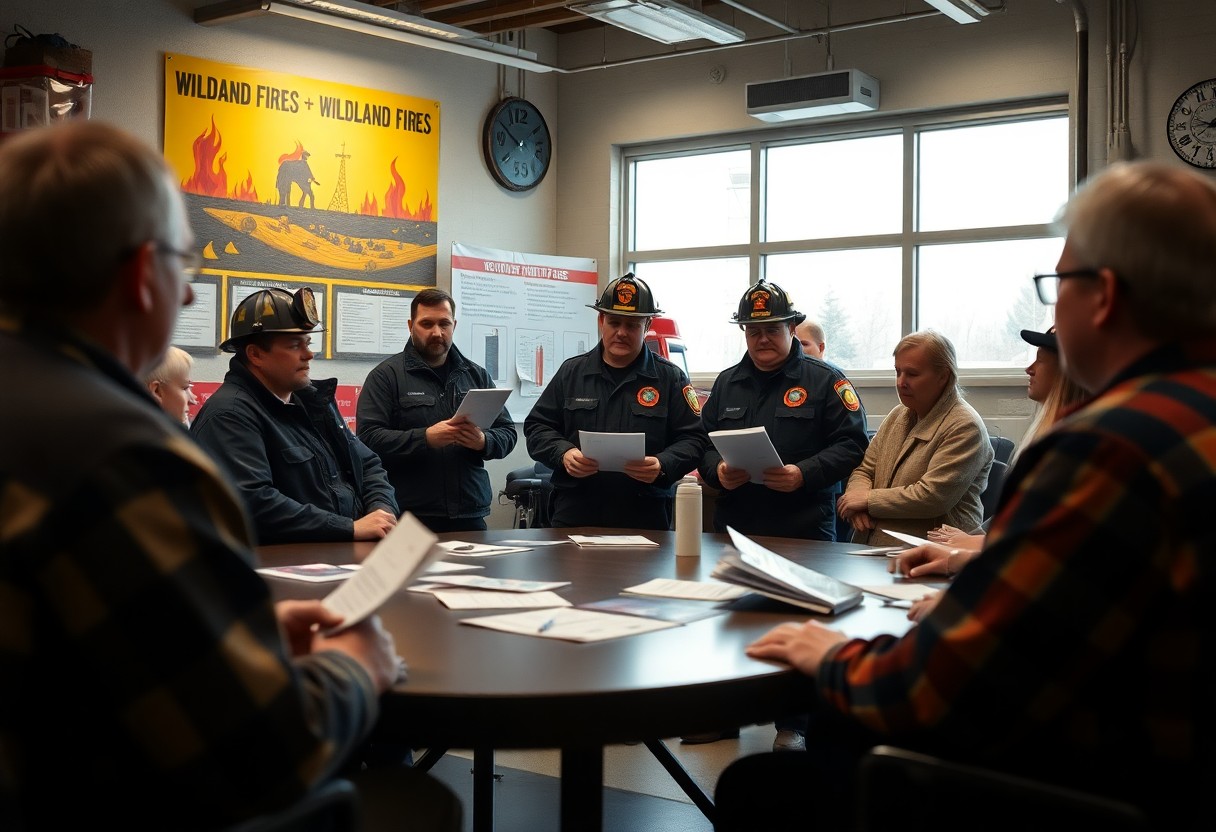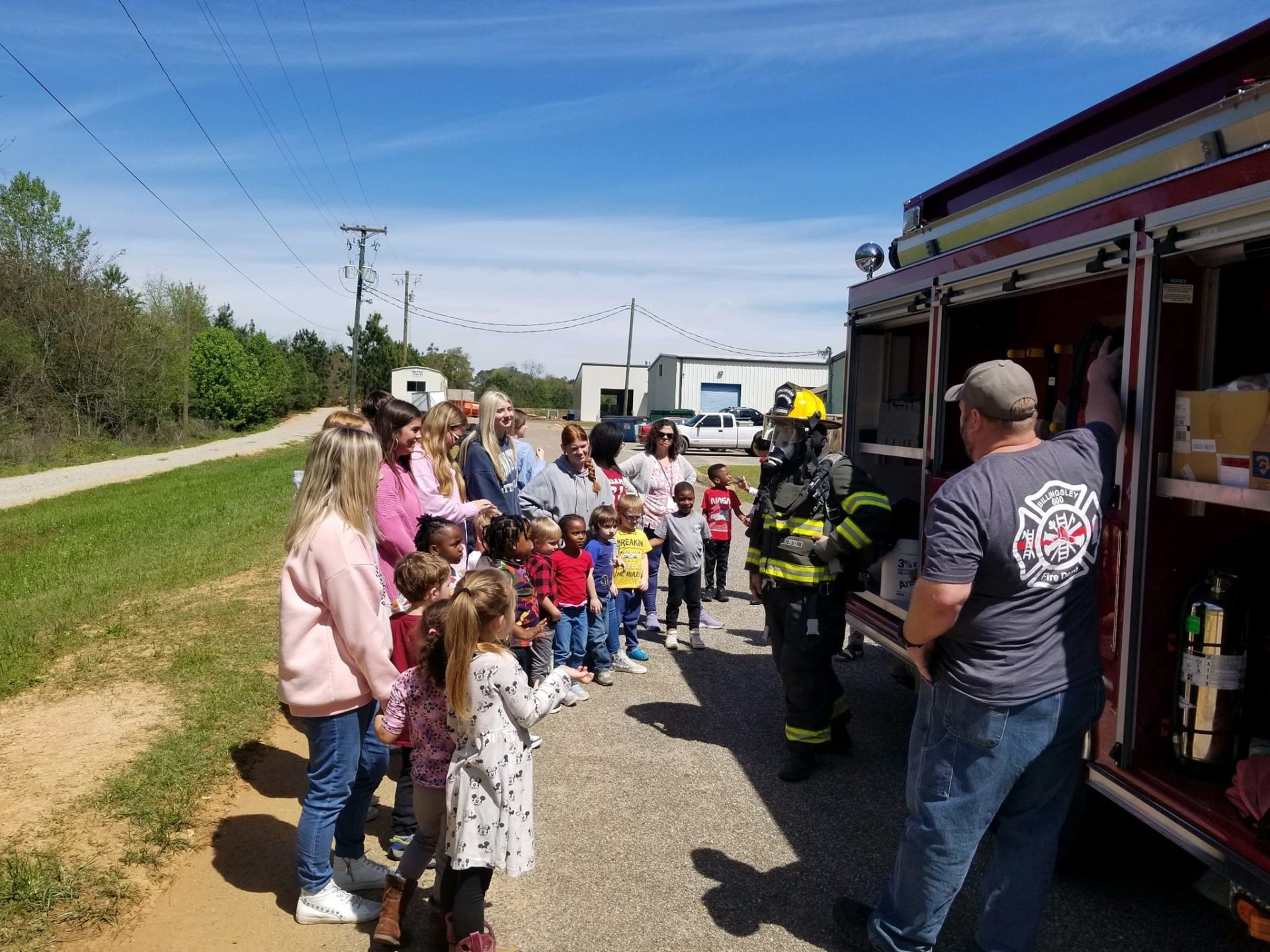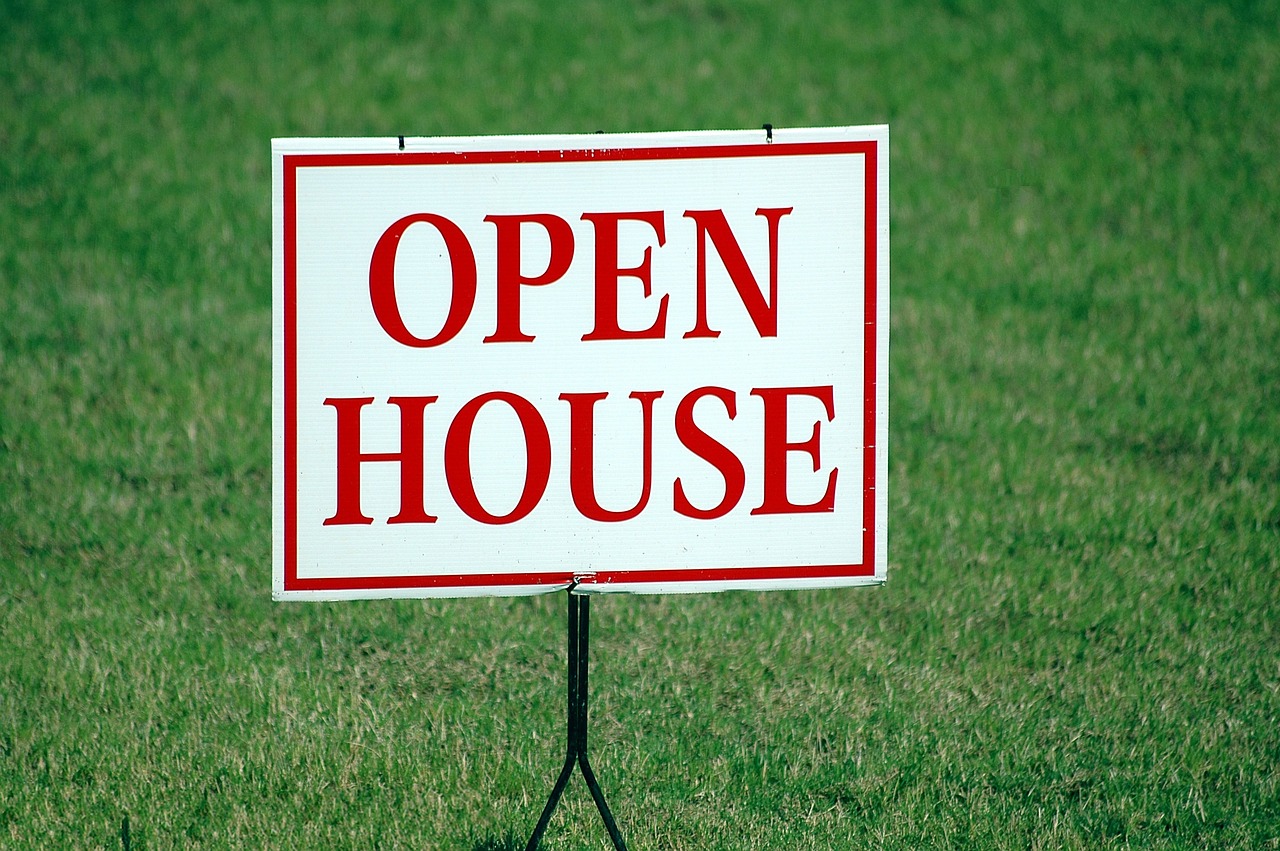Many communities face the growing threat of wildland fires, making it necessary for you to understand how volunteer fire departments can play a pivotal role in raising awareness. By engaging in proactive education and outreach programs, these dedicated teams can equip you and your neighbors with vital information about fire prevention, safety measures, and emergency preparedness. In this post, we will explore effective strategies that volunteer fire departments can implement to foster a more informed community, empowering you to take action and protect your home and environment from wildland fire risks.
Understanding the Wildland Fire Threat
While wildland fires can occur in any region, their threat significantly varies based on location, climate, and vegetation. These fires can start from natural causes like lightning or human activities, potentially leading to devastating consequences for both the environment and communities. Understanding the wildland fire threat requires you to stay informed about local conditions and fire behavior patterns to ensure the safety of your family and property.
Factors Contributing to Wildland Fires
The factors leading to wildland fires are diverse and often interconnected. They include:
- Dry weather and drought conditions
- Flammable vegetation and fuel accumulation
- Human activities such as campfires or discarded cigarettes
- Wind patterns and topography
This complex interaction of elements sets the stage for the ignition and spread of wildland fires in your region.
Impact of Wildland Fires on Communities
Around your community, wildland fires can cause significant damage to homes, infrastructure, and natural resources. Public safety, air quality, and local economies can also be severely impacted, making it vital for you to recognize the broader implications of these incidents.
Contributing to the escalating threat of wildland fires are several factors that not only affect the landscape but also strain community resources. These fires often necessitate extensive response efforts from local fire departments, leading to increased costs and potential disruptions in important services. They can result in the loss of homes and livelihoods, displacing families and disrupting local businesses. Understanding these far-reaching impacts can motivate you to engage with volunteer fire departments and participate in community awareness programs, enhancing collective preparedness and resilience against wildland fires.
Role of Volunteer Fire Departments
You have the opportunity to become an integral part of your community through your local volunteer fire department. These organizations not only provide firefighting services but also act as a bridge between local residents and fire safety education. By fostering strong relationships within the community, volunteer fire departments can effectively raise awareness about the risks of wildland fires and promote collective responsibility for fire prevention and safety.
Community Engagement and Education
Engagement is key to building awareness around wildland fire risks. Volunteer fire departments can facilitate community meetings, workshops, and events to educate residents about fire safety measures. By sharing vital information on fire behavior, prevention tips, and safety protocols, these departments enable you to better understand how to protect your home and the surrounding environment.
Training and Preparedness Initiatives
Initiatives offered by volunteer fire departments often include training sessions on fire prevention and emergency preparedness. These programs empower you to take proactive steps in safeguarding your property and loved ones from potential wildland fire threats. By participating in drills and educational workshops, you can develop imperative skills and build confidence in handling such emergencies effectively.
Considering the ever-increasing threat of wildland fires, your local volunteer fire department can provide invaluable resources through training and preparedness initiatives. These programs offer hands-on experiences, allowing you to learn about fire behavior, the importance of defensible space, and evacuation strategies. By equipping yourself with this knowledge, you not only enhance your safety but also contribute to a community that is better prepared to respond to wildland fire incidents.
Communication Strategies for Awareness
Some effective communication strategies for volunteer fire departments can significantly enhance community awareness of wildland fire risks. By employing various outreach methods, you can foster a culture of safety and preparedness within your community. Engaging with residents through informative and interactive channels will not only educate them about the dangers of wildland fires but also promote proactive measures to mitigate risks.
Social Media and Digital Outreach
Below are several digital platforms where you can share timely updates, safety tips, and important information about wildland fires. Utilizing social media channels allows you to reach a larger audience quickly, making it easier for residents to stay informed. Regular posts and interactive content, such as polls or Q&A sessions, can also encourage community engagement and foster a sense of collective responsibility towards fire prevention.
Local Events and Workshops
The community benefits from local events and workshops designed to educate residents about wildland fire safety. These initiatives create an opportunity for direct interaction, allowing you to address specific concerns and answer questions from community members. By facilitating discussions and hands-on demonstrations, you empower residents to take proactive measures to protect their homes and environment.
It’s imperative to tailor these events to meet the unique needs of your community. Host workshops focused on topics such as creating defensible space, fire-resistant landscaping, and evacuation plans. You can also invite experts to speak on fire risks and management techniques, ensuring residents gain valuable insights. Engaging local schools and organizations can further expand your reach, fostering a community-wide dialogue on fire safety. Always follow up with additional resources, encouraging ongoing awareness and preparedness throughout the year.
Collaboration with Local Organizations
After establishing a robust volunteer fire department, you can significantly enhance community awareness for wildland fires by collaborating with local organizations. Building partnerships with local businesses, environmental groups, and schools not only amplifies your message but also creates a united front in addressing wildfire prevention. By hosting joint events and sharing resources, you and your local entities can increase engagement and foster a culture of preparedness in your community.
Partnerships with Environmental Groups
Among the effective strategies for enhancing wildland fire awareness is partnering with environmental groups. These organizations often have vital insights into local ecosystems and can help communicate how wildfires impact not only your community but also the broader environment. By working together on educational campaigns or community events, you can leverage their expertise to promote sustainable practices, ultimately leading to a more informed public regarding wildfire risks and management.
Involvement with Schools and Youth Programs
Programs designed to engage young people are necessary for fostering long-term awareness about wildland fires. By incorporating fire safety education into curricula or after-school activities, you can instill a sense of responsibility and preparedness in the next generation. Interactive workshops, fire drills, and awareness campaigns can provide students with valuable knowledge while encouraging them to share that information with their families.
Groups that focus on school involvement can be a game-changer in wildfire awareness efforts. You might consider organizing field trips to local fire stations or hosting fire safety days where students can interact directly with firefighters. By integrating practical learning experiences, you not only make the topic of wildfires more relatable but also empower youth to recognize fire risks in their own community. Engaging teachers and parents in these initiatives ensures that your wildfire education efforts extend beyond the classroom, fostering a community-wide culture dedicated to fire safety.
Implementing Fire Prevention Programs
For effective fire prevention, volunteer fire departments can implement a variety of programs tailored to enhance community awareness and resilience. By engaging in educational initiatives, hosting workshops, and distributing informative materials, you can empower residents with knowledge on the best practices for wildfire preparedness and risk reduction. Integrating these programs into community activities promotes an environment where fire safety becomes a shared responsibility.
Community Fire-Wise Practices
Behind every successful fire prevention initiative are the local efforts to foster fire-wise practices among residents. You can encourage your community to implement simple yet effective measures, such as landscaping with fire-resistant plants, maintaining defensible space around homes, and responsibly managing outdoor activities. By adopting these practices, you actively contribute to reducing wildfire risks while enhancing the safety of your neighborhood.
Creating Firebreaks and Controlled Burns
Behind the scenes of wildfire management are imperative techniques like creating firebreaks and conducting controlled burns. These methods help manage vegetation and reduce fire intensity. You can collaborate with your local fire department and land management agencies to understand how these strategies can protect your community from wildland fires while promoting ecological health.
Hence, understanding the importance of creating firebreaks and conducting controlled burns can empower you to advocate for proactive measures in your community. These techniques serve as effective barriers against wildfires by limiting the available fuel for flames. They can also play a role in restoring natural habitats, promoting biodiversity, and maintaining ecological balance. Engaging your community in discussions about these practices will further enhance awareness and participation in wildfire risk mitigation efforts.
Evaluation and Feedback Mechanisms
Despite the initiatives you undertake, it is vital to establish a robust system for evaluation and feedback to truly gauge their effectiveness. Collecting data and input from community members after campaigns allows your volunteer fire department to understand what worked, what didn’t, and how awareness levels have shifted. This information can guide future efforts, ensuring you target gaps and enhance engagement within your community related to wildland fire awareness.
Assessing Community Awareness Campaigns
Above all, it is important to assess the reach and impact of your community awareness campaigns. You can use surveys, interviews, and social media analytics to gather insights into how well your messages resonate with the public. These evaluations will help you identify strengths and areas for improvement, shaping your future strategies for better outreach.
Continuous Improvement Strategies
The foundation of effective community engagement lies in continuous improvement strategies. You should regularly review feedback and assessment data, adapting your campaigns to better fit community needs and preferences. This can involve tweaking messaging, exploring new formats, or targeting specific demographic groups to maximize your impact.
With a commitment to continuous improvement, you can refine your approach based on community feedback and evolving awareness levels. Consider conducting regular training sessions that emphasize current fire safety protocols, as well as the latest in wildland fire prevention techniques. Additionally, engaging community members through interactive workshops or informative sessions can foster a deeper understanding and connection, creating a proactive culture. By continuously seeking ways to enhance your campaigns, you ensure that your efforts are relevant and effective, instilling a sense of ownership in your community regarding wildland fire awareness.
Final Words
Following this, you can see that volunteer fire departments play an vital role in enhancing community awareness for wildland fires. By actively engaging in educational initiatives, hosting training sessions, and fostering partnerships with local organizations, you can help cultivate a culture of preparedness in your community. Encouraging participation in community events and utilizing social media platforms for information dissemination allows you to reach a broader audience. Your involvement can make a significant difference in promoting safety and resilience in the face of wildland fire threats.



